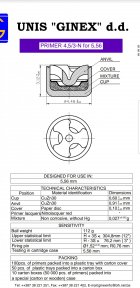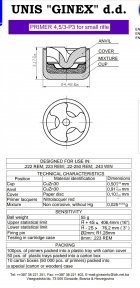Guys mention some primer cups being harder than others. Is it really hardness or thickness? Has anyone actually measured the hardness of different brands and types? If I wasn't retired I could do it.
Just looked up some old post. They mention that the cups are usually made from cartridge brass. The manufacturers specify the hardness they want in the sheet brass they buy. The hardness is determined by the amount of cold rolling of the sheet metal.
Just looked up some old post. They mention that the cups are usually made from cartridge brass. The manufacturers specify the hardness they want in the sheet brass they buy. The hardness is determined by the amount of cold rolling of the sheet metal.
Last edited:













